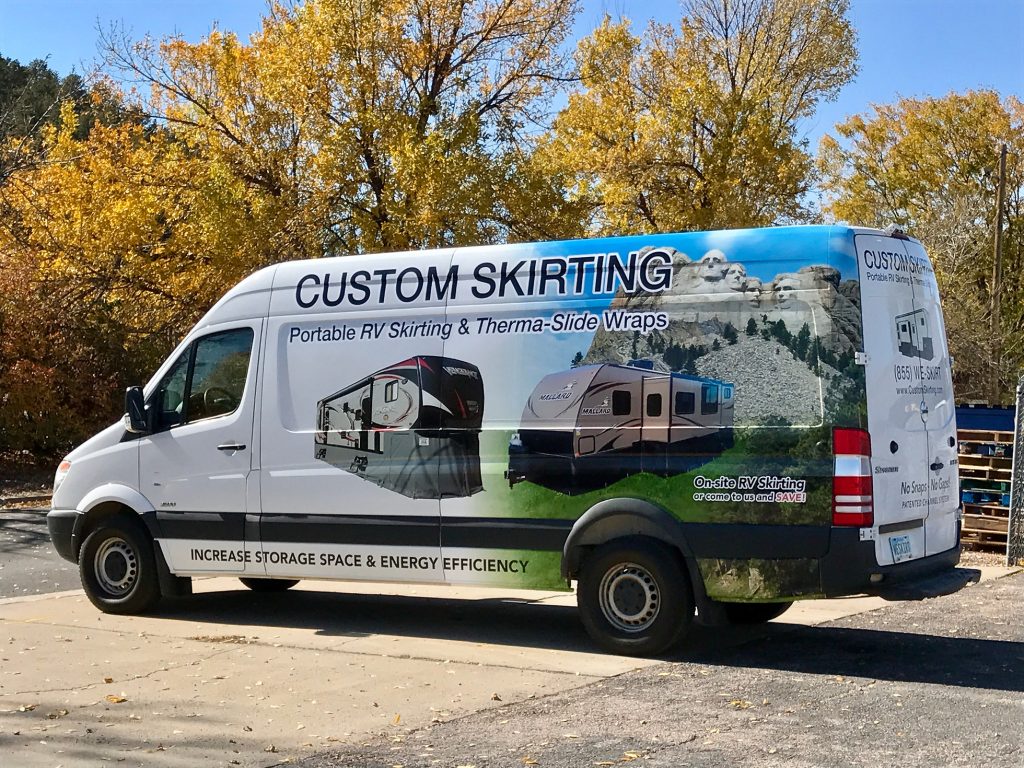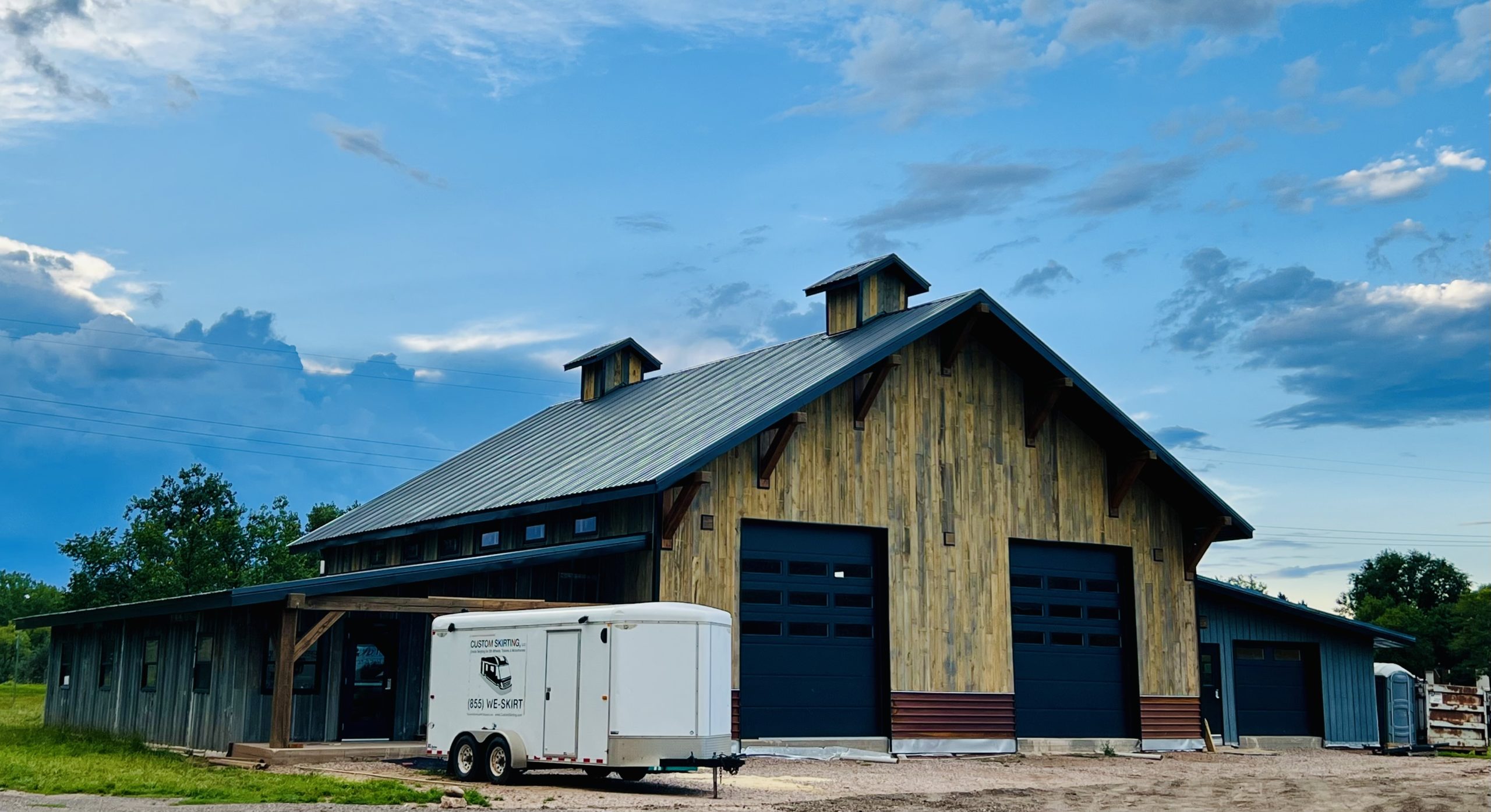Table of contents
- Understanding RV Classes and Their Drivability
- Class B Motorhomes: The Easiest RVs to Drive
- Class C Motorhomes: A Balance of Space and Maneuverability
- Class A Motorhomes: Mastering the Road Giants
- Towable RVs: Considerations for Easy Towing
- Factors Affecting RV Drivability
- Tips for Mastering RV Driving
- Choosing the Right RV for Your Driving Comfort
- Start Your Adventure with Ease at Black Hawk Creek RV Park
- Related Articles
For many people, the thought of driving an RV brings up images of bulky, hard-to-maneuver vehicles. “Is it hard to drive an RV?” is a common question among those new to RV travel. The good news is that not all RVs are difficult to handle. In fact, there are plenty of easy-to-drive RV options that allow you to enjoy the freedom of the open road without the stress. This guide will help you discover the easiest RV to drive, making it easier to enjoy the adventure and flexibility that RV life offers. Whether you’re concerned about maneuvering tight turns, parking, or simply wondering how hard it is to drive an RV, we’ll cover everything you need to know. We’ll compare different types of RVs based on their drivability and help you make an informed decision about which RV suits your needs and driving skills.
Understanding RV Classes and Their Drivability

Before we dive into the details, it’s essential to understand the three main RV classes—Class A, Class B, and Class C—and how they differ in terms of size, features, and driving experience. This will set the stage for a comparison of the easiest RVs to drive.
- Class A Motorhomes are the largest RVs, offering maximum space and luxury, but they are also the most challenging to drive. These RVs are essentially homes on wheels, often stretching up to 40 feet in length.
- Class B Motorhomes are the smallest of the motorized RVs. They’re often built on van chassis, which makes them more compact, easier to maneuver, and similar to driving a large SUV.
- Class C Motorhomes are a middle-ground option between Class A and B. These RVs provide more space than Class B models while being easier to drive than the massive Class A rigs.
For those wondering, “Is driving an RV hard?”—the answer varies depending on the RV class you choose. Now, let’s look at the easiest RVs to drive, starting with the top choice for beginners.
Class B Motorhomes: The Easiest RVs to Drive
When it comes to the easiest RV to drive, Class B motorhomes often top the list. These motorhomes are built on van chassis, which means they’re more compact and feel familiar to anyone who has driven a large van or SUV. Their smaller size, usually around 20 feet in length, makes them ideal for those worried about navigating tight spaces or parking.
Why Class B RVs Are the Easiest to Drive:
- Compact Size: Their smaller size makes them nimble and easy to maneuver, whether you’re on a highway or navigating city streets.
- Van-like Driving Experience: Since they’re built on van chassis, driving a Class B RV feels similar to driving a large SUV. This makes the transition smoother for new RV drivers.
- Great for Novices: For beginners asking, “How hard is it to drive an RV?” Class B RVs provide the most straightforward answer. Their ease of handling makes them perfect for first-timers.
Popular Class B Models:
- Winnebago Travato: A popular choice for solo travelers or couples, the Travato offers great fuel economy and a comfortable driving experience.
- Airstream Interstate 19: This luxury Class B model combines style and ease of driving, offering advanced safety features and high-end amenities.
Class B motorhomes are the perfect starting point for those looking for an easy-to-drive RV that doesn’t sacrifice comfort or functionality.
Class C Motorhomes: A Balance of Space and Maneuverability
For those who want more living space but still need a relatively easy-to-drive RV, Class C motorhomes are an excellent option. These RVs range from 20 to 33 feet in length, offering more room than Class B models while remaining easier to drive than the larger Class A motorhomes.
Drivability of Class C RVs:
- Increased Space: Class C motorhomes offer a good balance of space and drivability, with additional living and storage areas.
- Higher Driving Position: The elevated driving position provides a better view of the road, which can make maneuvering easier.
- Handles Like a Truck: While larger than Class B motorhomes, Class C RVs are built on truck or van chassis, meaning they still offer decent handling. However, they do require more attention when it comes to braking distances and wider turns.
Standard vs. Super C Motorhomes:
- Standard Class C: These motorhomes typically fall within the easy-to-drive category, offering a good balance of space and handling.
- Super C Motorhomes: These are larger and more powerful versions of Class C RVs, built on heavy-duty truck chassis. While they provide more power, they are more challenging to drive than standard Class C models.
Class C motorhomes are a great option for those who are looking for a bit more space but still want an easy-to-drive RV. However, they require more skill than Class B models due to their size.
Class A Motorhomes: Mastering the Road Giants
Class A motorhomes are the largest RVs on the road, and for many, the answer to “Is driving an RV hard?” becomes a resounding “Yes” when it comes to these giants. These motorhomes are built on large bus or truck chassis and can range from 30 to 45 feet in length. While they offer luxury and space, they require a steep learning curve when it comes to driving.
Challenges of Driving a Class A Motorhome:
- Size and Weight: These RVs are heavy and long, requiring a lot of space for turning, braking, and parking.
- Wide Turns and Longer Stops: Drivers need to be mindful of making wide turns and leaving ample space for braking, especially in heavy traffic.
- Advanced Driving Features: Many Class A motorhomes come with advanced driving features such as lane departure warnings and backup cameras to back up a travel trailer, which help make driving a bit easier.
Towable RVs: Considerations for Easy Towing
For those who prefer towing an RV instead of driving a motorhome, there are plenty of options that offer ease of towing. Towable RVs, such as travel trailers and fifth wheels, provide flexibility by allowing you to detach your tow vehicle for local excursions.
Drivability of Towable RVs:
- Travel Trailers: These trailers are hitched to the back of a vehicle and come in a range of sizes. Smaller travel trailers are generally easier to tow, making them ideal for beginners.
- Fifth Wheels: These RVs are larger and offer more living space, but they require a truck with a specialized hitch. Fifth wheels provide better stability when towing, but they are more difficult to handle than smaller travel trailers.
Easy-to-Tow Models:
- Jayco 2022 Jay Feather Micro: This lightweight trailer is easy to tow with a standard SUV or truck and offers great features for a comfortable trip.
Matching your tow vehicle with the right RV is essential for a smooth driving experience. Make sure to check your vehicle’s towing capacity before choosing a towable RV.
Factors Affecting RV Drivability
Several factors can influence how easy or hard an RV is to drive:
- Vehicle Size and Weight: Larger and heavier RVs require more attention when it comes to turns, stops, and parking.
- Turning Radius: The longer the RV, the wider the turns you’ll need to make. Understanding your RV’s turning radius is essential for safe driving.
- Visibility and Blind Spots: Larger RVs have significant blind spots, so mirror adjustment and driving assistance features become crucial.
- Fuel Economy and Range: Larger RVs typically have lower fuel economy, so it’s important to plan for fuel stops during long trips.
- Advanced Driving Assistance Features: Many newer RV models come with features such as lane departure warnings, rear-view cameras, and automatic braking systems that can make driving easier.
Tips for Mastering RV Driving

For those still asking, “How hard is it to drive an RV?”, here are some practical tips to help you gain confidence:
- Practice in Empty Parking Lots: Before hitting the open road, practice driving and parking in empty parking lots to get a feel for the RV’s dimensions.
- Understand Your RV’s Dimensions: Knowing the height, width, and length of your RV will help you avoid low bridges and tight spaces.
- Proper Mirror Adjustment: Ensure your mirrors are correctly adjusted to minimize blind spots.
- Plan Routes Carefully: Use RV-specific GPS systems to plan routes that avoid low clearances and tight turns.
- Consider RV Driving Courses: For added confidence, take an RV driving course, which will teach you advanced driving techniques.
Choosing the Right RV for Your Driving Comfort
When deciding which RV is best for you, consider your driving comfort and experience. Test-driving multiple RVs before making a purchase can give you a better sense of what feels manageable.
- Start Small: If you’re new to RV driving, consider starting with a smaller, easy-to-drive RV like a Class B motorhome or a lightweight travel trailer.
- Rent Before You Buy: Renting an RV before committing to a purchase can help you test different models and get comfortable behind the wheel.
Start Your Adventure with Ease at Black Hawk Creek RV Park
Ready to hit the road with your easy-to-drive RV? Stay at Black Hawk Creek RV Park, nestled in the heart of South Dakota’s stunning landscapes. Whether you’re here for a peaceful retreat or an adventurous getaway, our park offers the perfect base for exploring nearby attractions. Book your stay today and experience the comfort and convenience that will make your RV journey truly unforgettable!






